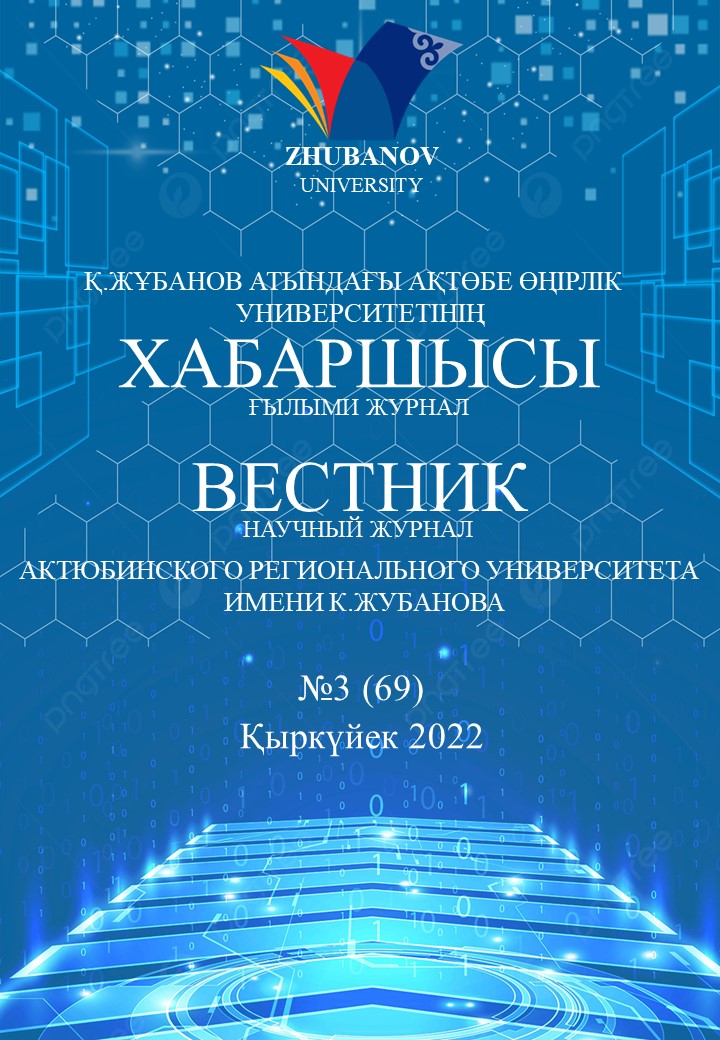The article presents the advantages and disadvantages of the technology of self-propagating hightemperature
synthesis (SHS) of solid chemical compounds. Reactions and products of SHS of solid chemical compounds
(carbides, nitrides, borides, oxides, etc.) are given. This method is relevant for processing dispersed waste of ferroalloy
production. When grinding large-tonnage ferroalloys, cyclone dust is formed and accumulates.
The SHS process is based on the use of various chemical compounds as the main raw material, including pulverized
waste from the production of ferroalloys. With minimal energy consumption, the SHS process allows obtaining highquality
composite materials based on iron. The main application of the products obtained is in the machine–building
industry (abrasives, hard alloys, tool materials), use as an alloying material in the production of steel, as well as in the
production of refractory materials for metallurgical furnaces.
MECHANISM AND PROCESS OF SELF-PROPAGATING HIGH-TEMPERATURE SYNTHESIS OF SOLID CHEMICAL COMPOUNDS
high-temperature synthesis, cyclone dust, alloying material, dispersed waste, pulverized waste
MECHANISM AND PROCESS OF SELF-PROPAGATING HIGH-TEMPERATURE SYNTHESIS OF SOLID CHEMICAL COMPOUNDS. (2024). Scientific Journal "Bulletin of the K. Zhubanov Aktobe Regional University", 69(3). https://vestnik.arsu.kz/index.php/hab/article/view/232

